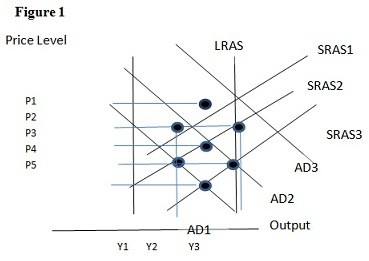Assume that product Alpha and product Beta are both priced at $1 per unit and that Ellie has $20 to spend on Alpha and Beta. She buys 8 units of Alpha and 12 units of Beta. The marginal utilities of the last unit of Alpha and Beta that she purchases are 40 utils and 20 utils, respectively. This indicates that
A. Ellie should make no change in consumption.
B. in order to maximize utility, Ellie should buy more Beta and less Alpha.
C. in order to maximize utility, Ellie should buy more Alpha and less Beta.
D. given another dollar, Ellie should buy an additional unit of Beta.
Answer: C
You might also like to view...
A recessionary gap is the amount by which aggregate expenditures ____ the amount required to achieve full-employment equilibrium GDP
a. exceed b. equal c. fall short of d. are greater than
Which of the following steps does an economist take when studying the economy?
a. devise theories b. collect data c. analyze data d. All of the above are correct.
Using Figure 1 above, if the aggregate demand curve shifts from AD2 to AD3 the result in the short run would be:
A. P1 and Y2. B. P2 and Y3. C. P3 and Y1. D. P2 and Y2.
An example of a good or service that would not count in the U.S. GDP would be:
A. a car made by Ford in Michigan. B. a car made by Toyota in Tennessee. C. sneakers made by Nike in Indonesia. D. sneakers made by New Balance in Ohio.